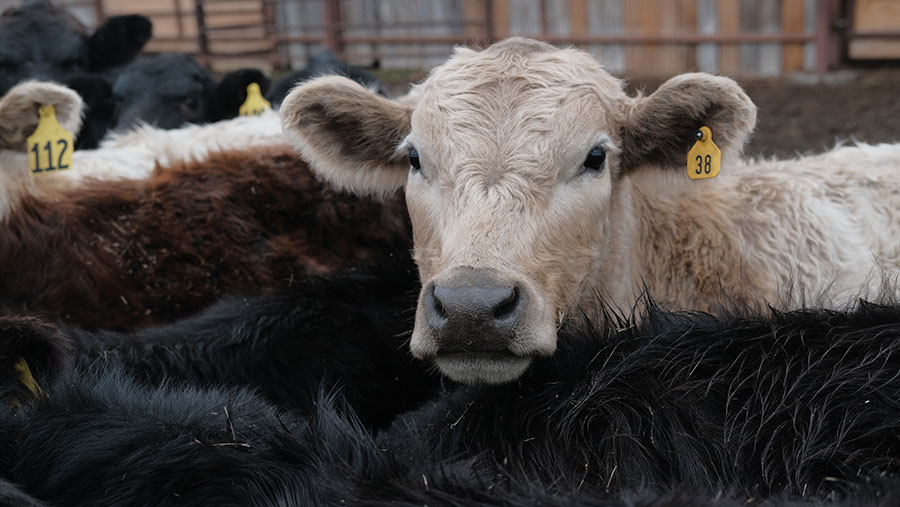Beef price hike needed to safeguard summer supply
 © ccestep8/Adobe Stock
© ccestep8/Adobe Stock Fears over a summer beef shortage are growing as unprecedented forward cereal prices and rising costs make more farms question the viability of cattle-finishing.
Unless prices start moving quickly towards £5/kg, the trade warns more cattle could be turned to grass to limit costs, stretching finishing times.
Depending on how producers respond this summer, supermarkets may be left between choosing to lift prices now or being forced to lift them later.
See also: Beef prices match record high levels
Supplies are tight globally and the spring European Commission outlook predicted a 0.9% drop in EU beef production this year.
Irish calf exports are up 11% on the year to the end of April, as Dutch calf rearers seek supply following a phosphate legislation-driven cull of 200,000 dairy cows.
Stuart Vile, commercial manager of Meadow Quality’s ruminants division, said retailers had to lift prices and supply confidence soon, or cattle could be in short supply in the summer.
The numbers
- 13p: Lift in national GB deadweight average for R4L heifers in April (now at 448p/kg in May) – despite Defra heifer slaughter figures lifting 2.9% on the year
- 20p/kg: Gulf between Irish beef price and UK steer R4L average at the start of May, with UK R4L steer at 447p/kg (AHDB)
- 23%: Lift in cow kill on the year in Ireland to the first week of May. Finished cattle are expected to lift by 80-90,000-head on the year in 2022 (BordBia)
“In the past two or three weeks some of the 90- to 100-day finishers have started thinking twice about buying stores,” said Mr Vile. “Some businesses are faced with new contracts for feeds and the price on offer doesn’t stack up.
“Unless a clear message comes from the retailers in a price increase, more cattle will be put to grass, they won’t be fattening, and there may be a shortage.”
More money by autumn
This call sits somewhat uncomfortably alongside the perennial concern that beef price rises will have a detrimental impact on consumer demand and imports.
Nevertheless, National Beef Association chairman Andrew Laughton urged retailers to prioritise domestic production by reflecting significant farm cost increases in uplifts of beef prices.
He added the global beef price was already strong before the current Ukrainian crisis.
“A significant price increase will be needed by the autumn as current feed contracts end,” said Mr Laughton. “I think retailers will have to put mind and understanding to the real scale of input prices to ensure that [ongoing] reduction of the suckler herd is not accelerated. They also need to give confidence to dairy beef producers.”
Selby
Liveweight prices have been very strong at Selby, where, like many live markets, the best young bulls have been making more than 300p/kg for several weeks.
Richard Haigh said bulls averaged 244p/kg last week (11 May). Steers averaged 249p/kg and heifers levelled at 271p/kg.
“Current feed values are the issue though,” he said. “Some feeders will be feeding dear corn at the moment and feeling the effects of that.”
